We’ve recently returned from Huasteca, a lush paradise teeming with countless waterfalls, where we had the incredible privilege of celebrating Día de los Muertos in remote Indigenous communities. The journey itself felt like a tribute to the region’s wild beauty and rich traditions.
We had no roadmap, only the company of Jorge—a friend from Guanajuato and a native of San Luis Potosí. Without cell service or GPS, he navigated the labyrinth of backwater roads purely by instinct, drawing on a deep familiarity with the land. In a place where the midnight sky is as black as obsidian, every wrong turn could have meant hours of delay before finding the right path again. Yet, with his quiet confidence, we arrived.
One night, after exploring various pueblos and their celebrations, we found ourselves in a cemetery alive with candlelight and quiet reverence. Hundreds of people, primarily from Indigenous communities, gathered to honor their departed loved ones. The air carried the rich scent of marigolds and copal, while soft murmurs of remembrance filled the darkness.
Día de los Muertos is celebrated annually on November 1st and 2nd to honor deceased loved ones and ancestors. It draws deeply from Aztec, Toltec, and other Indigenous traditions, where death is not seen as an end but a continuation of life’s journey. Families create vibrant altars (ofrendas), adorned with photos, candles, marigolds (cempasúchil), and items the deceased cherished. Offerings include foods like pan de muerto, tamales, and sugar skulls. Marigolds are thought to guide the spirits back to the world of the living, while candles and incense light their way.
Rather than a time of mourning, Día de los Muertos is a celebration. Families gather at gravesites, sharing stories, laughter, and food to honor those who have passed. This unique perspective on death reflects Mexico’s embrace of it as a natural, even familiar part of life’s cycle.
Unlike Western traditions, which often approach death with fear or sorrow, Mexicans welcome it with humor, acceptance, and celebration. Here, death is not a distant specter but a companion, woven into the fabric of life. Playful skeletons (calaveras) grin from murals and gravestones, as if reminding us that life and death are inseparable partners in an eternal dance.
Standing in that cemetery, surrounded by flickering light and the warmth of community, I felt the stark contrast with Western notions of death as cold and final. Here, there was no sorrow—only love, laughter, and a quiet understanding that, for a few magical days, the souls of the departed return to share in the joy of the living.
This celebration, with its rich traditions and profound sense of connection, left me in awe—not just of the beauty of Huasteca but of the depth of the culture that brings life and death together in such harmony.
Although I’ve been living in Guanajuato for two and a half years, this was my first opportunity to connect with Indigenous people, an experience that left a profound impression on me. Like other Mexicans, they exude warmth, resilience, and an unwavering sense of community, but their connection to tradition and the land brings an even deeper dimension to their identity.
Indigenous cultures in Mexico carry the weight of centuries of history, tradition, and spirituality, which they preserve with remarkable dignity despite the challenges they have faced. Their sense of belonging is not just tied to their families but also to their ancestors, their communities, and the natural world around them. This interconnectedness fosters a profound harmony and strength, even in the face of modern pressures and historical injustices.
What stands out most, though, is the hospitality and kindness they extend to outsiders like me. Despite our differences, they welcomed me with open arms, embodying the generosity that is so characteristic of Mexican people. It’s a reminder that, even amidst their own struggles, they remain rooted in compassion and inclusivity.
This encounter reinforced what I’ve come to deeply appreciate about Mexico as a whole. In a world increasingly fragmented by conflict and division, Mexico feels like a life raft—anchored in the enduring values of family, community, and mutual care. It’s a place where people don’t just survive but thrive together, finding strength in unity and joy in simple, shared moments.
For me, this experience was not only a window into the rich tapestry of Indigenous cultures but also a reaffirmation of why I’ve come to feel at home in this country. It’s a land where humanity is celebrated in its truest sense, offering a refuge of warmth and solidarity in these often troubling times.
And naturally, the food was incredible.
\





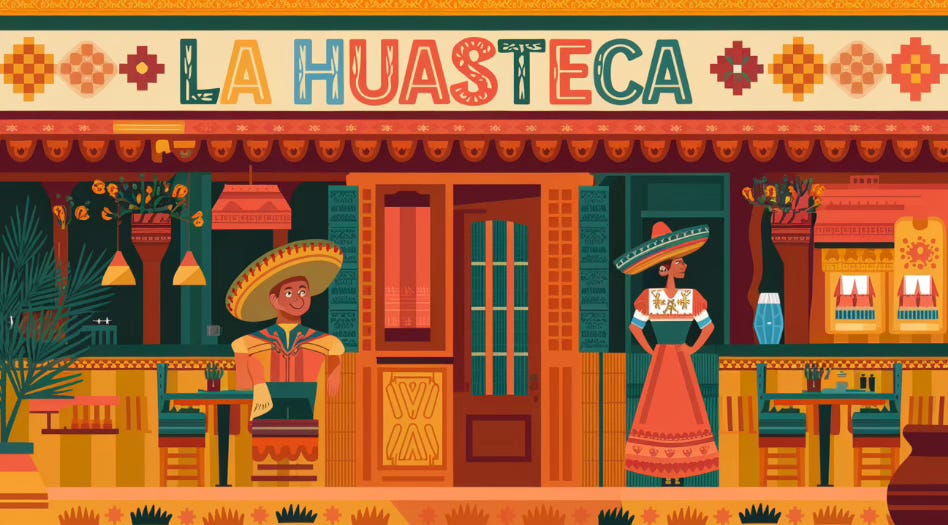

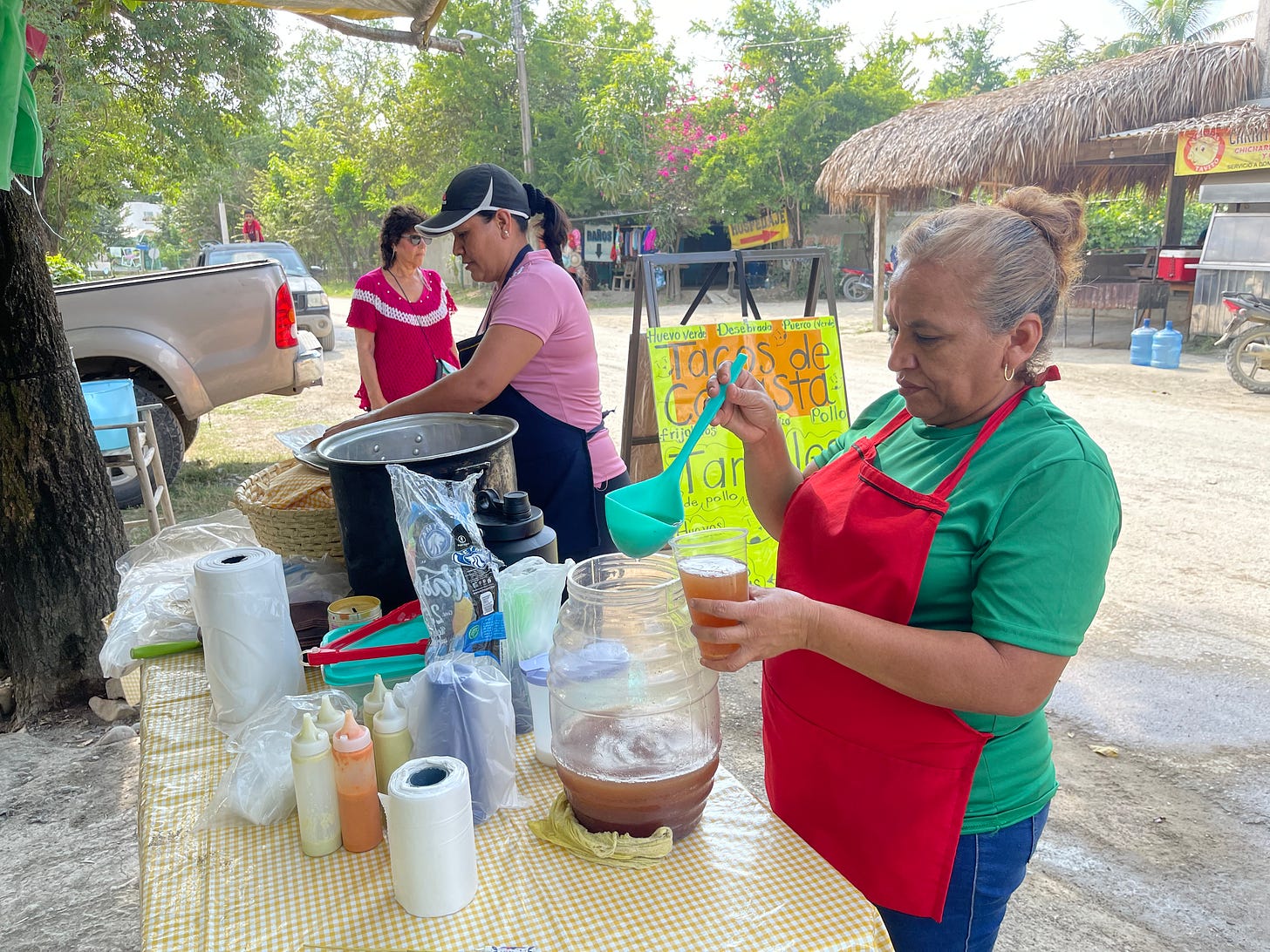
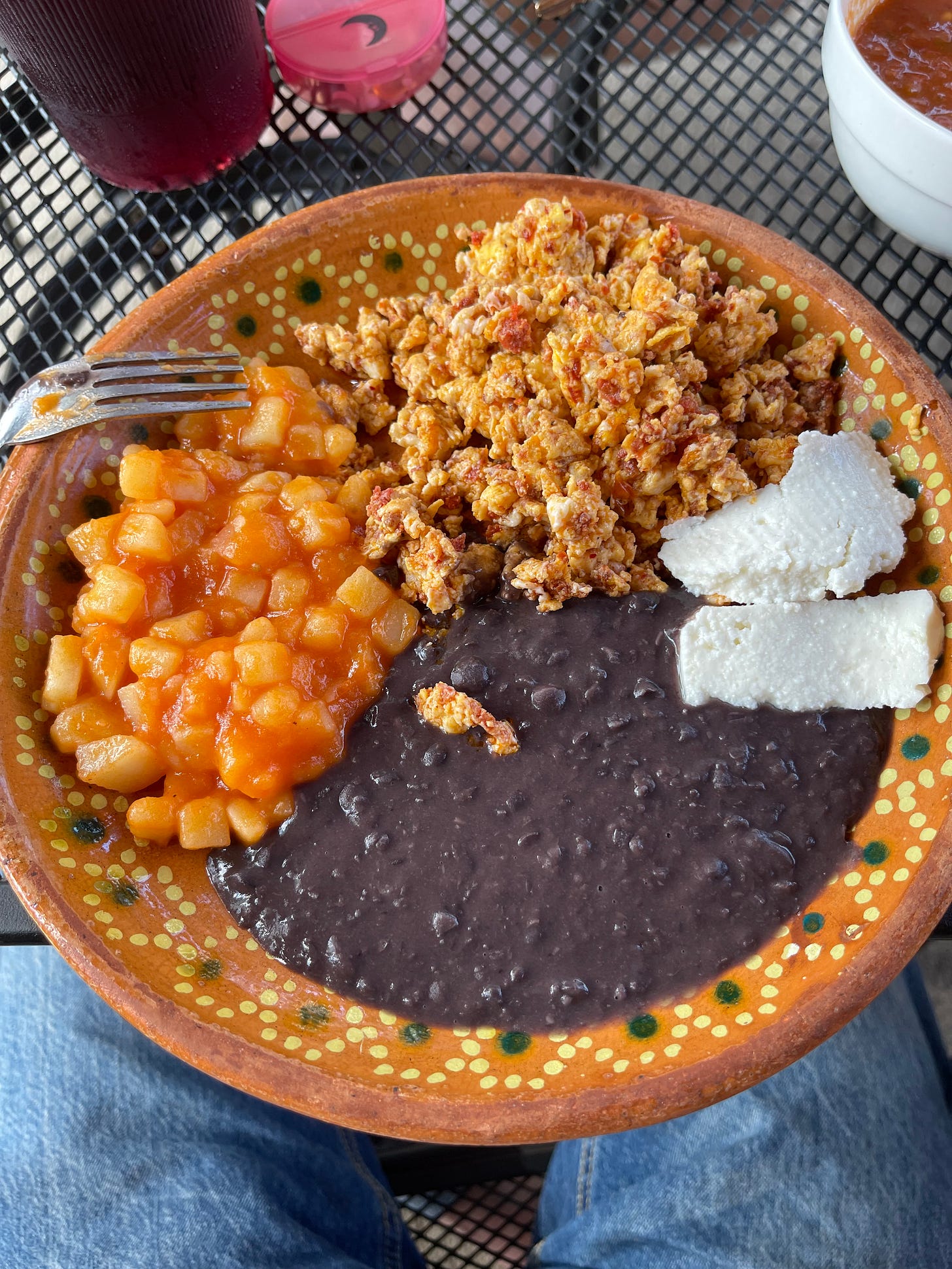
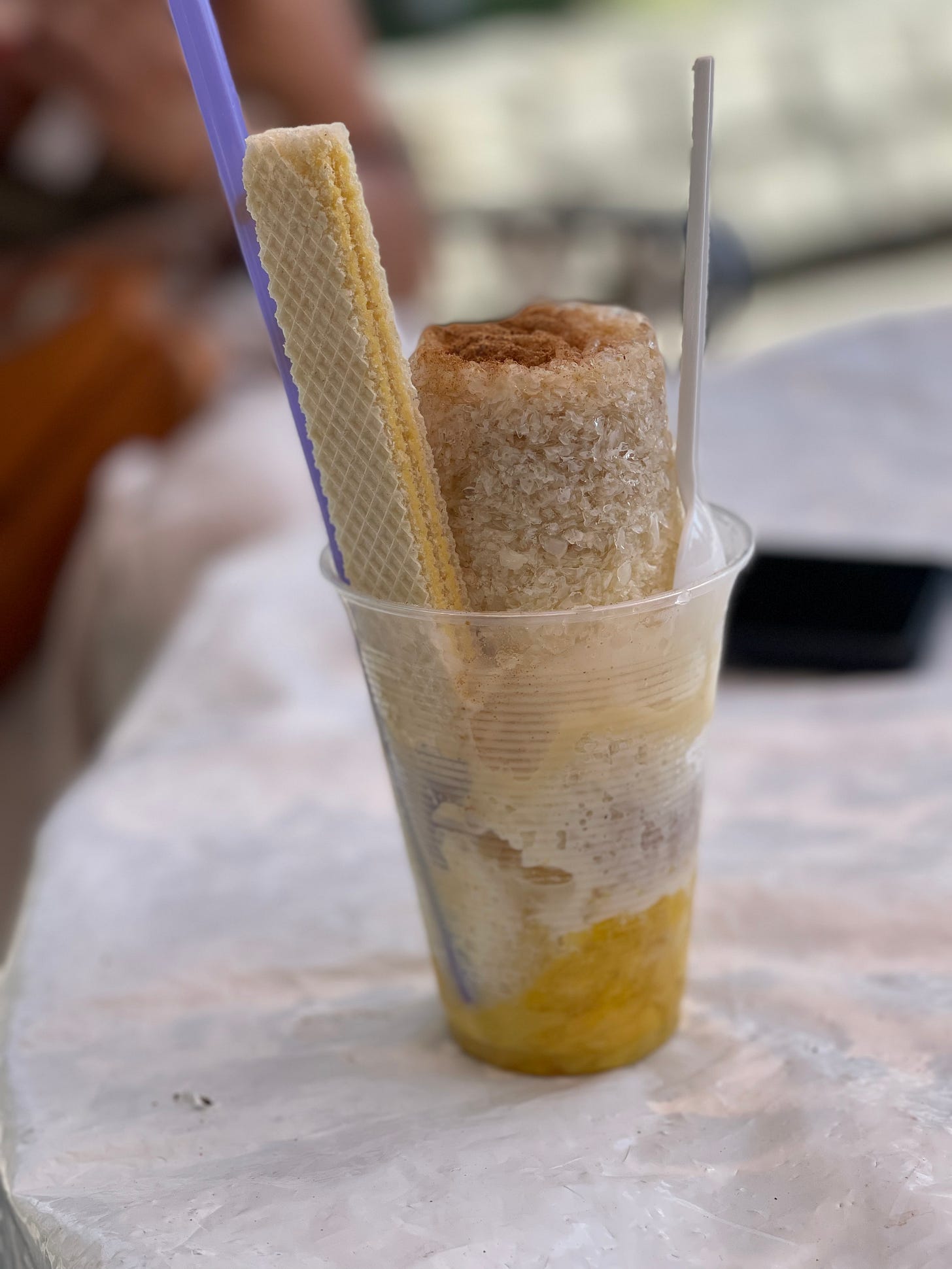
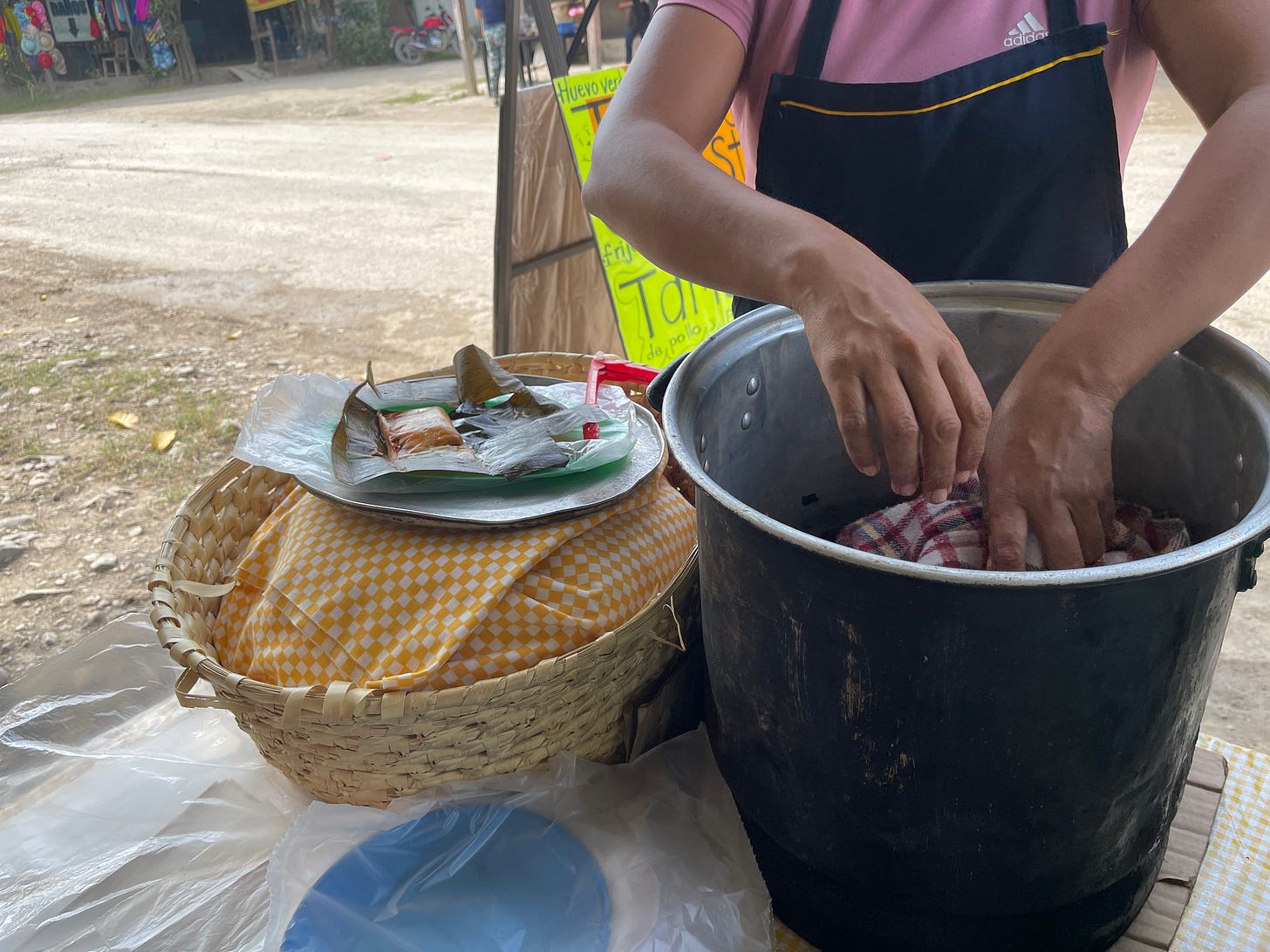
I was glad to read the positive treatment of Mexico's "Day of the Dead." The humor especially took me. Some may see a familiarity as expressed by Francis of Assisi's "Sister Death," maybe a thought
that death is as common to human experience as family. Everybody has a family, and everybody experiences death, often multiples of it. And with a faith that life persists after physical death, some see it as the doorway to a better afterlife. John Donne's poem, "Death be not proud" comes from this belief.
You have no idea how tempted I have been for a long time to move to Guanaguato or Mixoacan , but I think that urge is not likely to be resolved. Some pain problems leave me not up to the task of packing or moving. That's today. Maybe tomorrow will bring along a more urgent desire. Meanwhile, thank you for showing us that it can be done, and for sharing some of these wonderful cultural notes.